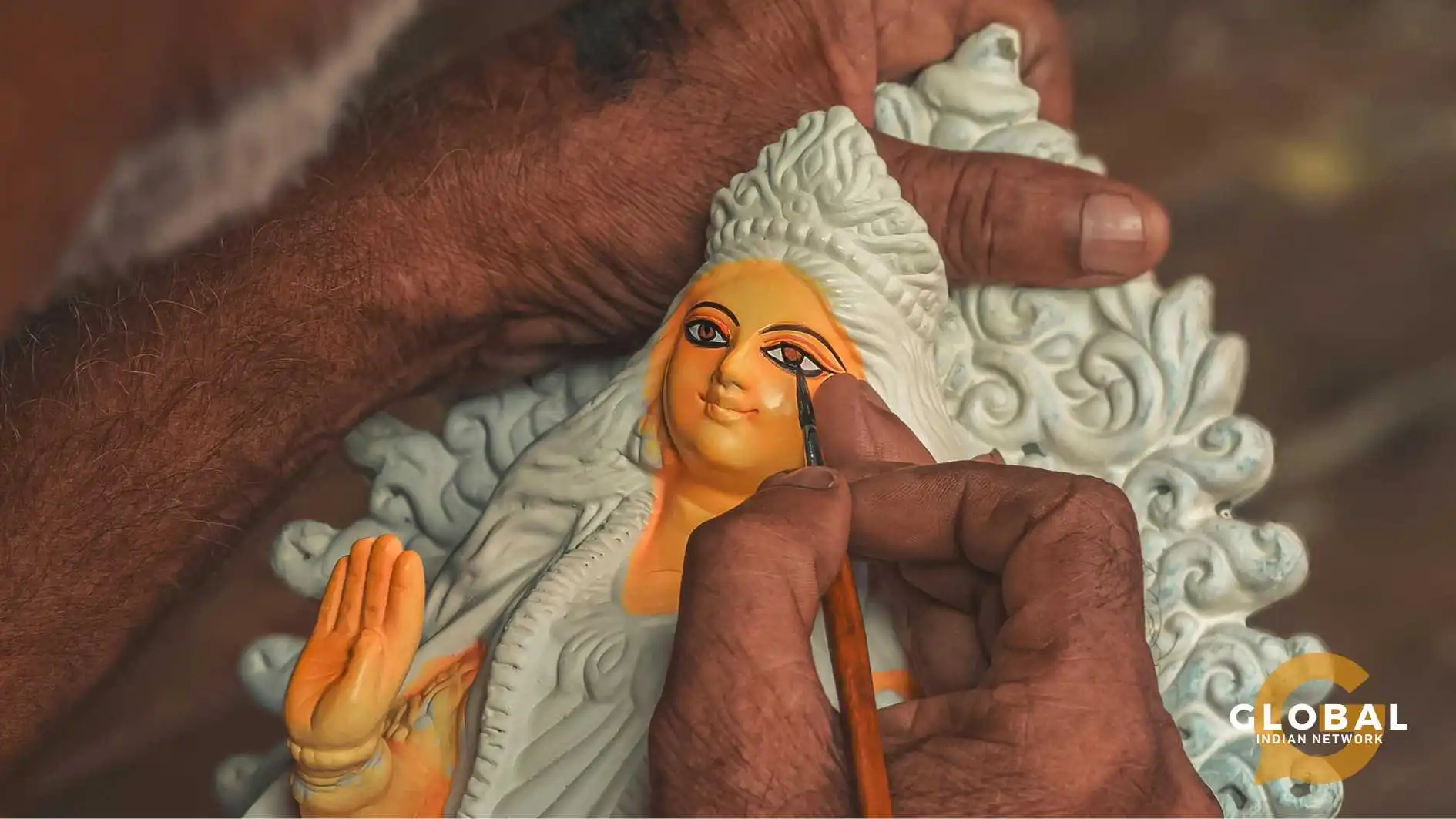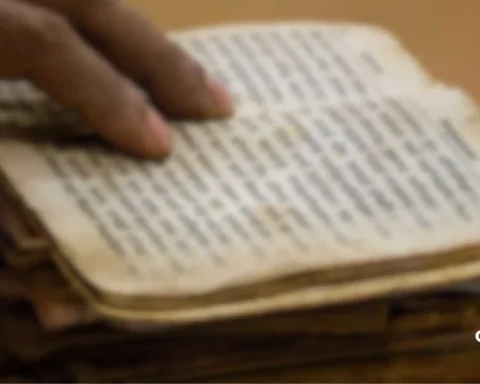The rich cultural heritage of Indian art is increasingly facing the dual challenge of staying relevant and being environmentally responsible. As the global conversation shifts toward sustainability, Indian artists and artisans are creatively blending tradition with eco-conscious innovation.
From ancient techniques that naturally favored sustainable methods to modern revivals using upcycled materials, sustainable Indian art is becoming a quiet force for cultural preservation and environmental stewardship. This renaissance is not just aesthetic- it's ethical. By continuing to embrace traditional sustainable practices, Indian art is finding a powerful way to honor its past while safeguarding the future.
Table of Contents
The Various Types of Sustainable Indian Art
Each type of traditional craft in India tells a story of skill, tradition, and creativity passed down through generations. Indian artists have been using sustainable practices ever since they started. They used readily available biodegradable materials to create their art. Painting styles such as Madhubani painting, Warli, and Pattachitra have been inherently sustainable due to their use of natural materials.
Natural dyes and pigments obtained from plants, flowers, and minerals are the foundation pillars of Madhubani painting, which are complex patterns and designs made with a bamboo stick or brush made from tree bark. Warli, another Indian tribal art style, uses natural dyes and colours, including rice flour, gum, and vegetable dyes, to make elaborate patterns on walls and floors. Here, not only the materials but also the canvas itself is a testament to sustainable Indian art. Unlike modern art forms, Indian art was not mass-produced; instead, it was meticulously crafted and re-crafted to preserve its authenticity.
Pattachitra, a traditional Indian art form originating in Odisha, uses repurposed teak wood, bamboo, palm leaves, and natural paints and dyes to make complex patterns and designs. Dhokra, an ancient metal craft, is an art form practiced by tribes in West Bengal, although practitioners are now spread in other regions as well. Thus, this sustainable Indian art form uses waste scrap and other materials, which are melted and moulded with soil and clay, to create sculptures and other intricate decorative pieces.
Another art form that emphasizes using local materials is Lippan art. Here, the designs are made with a mixture of clay and cow dung sourced from the local area, which is then decorated with mirrors and colourful paints.

Empowering Local Handloom Communities
Second to agriculture, artisan enterprise is the second largest employer in developing countries. Seven million Indian artisans make a living making handmade products using their traditional skills and techniques. These artisans incorporate eco-friendly practices into their artistic processes and employ sustainable materials.
Handloom weaving techniques like Kancheepuram and Ikat sarees utilize locally sourced degradable dyes. Artisans also use traditional techniques such as Bobbin Winding, Warping, and Weft Pirn Winding, which tend to minimize waste and energy consumption, contributing to eco-art innovation. Additionally, because of the use of manual labour and simple tools, there is a consequential reduction of the carbon footprint as compared to mechanized weaving processes. Organic or naturally dyed yarns further reduce any harm caused to the environment.
Mere aesthetic value has never been the purpose of sustainable Indian art. These intricate art forms are long-lasting. A decorative art called kolam, made using rice flour at the house entrance, had the purpose of feeding ants, thereby serving the wider ecosystem. By promoting local craftsmanship, these efforts help sustain livelihoods in addition to saving our environment. Artisans who once struggled to find buyers now sell their work online or through ethical marketplaces, reaching eco-conscious global consumers and consequently expanding their reach.
The Challenges to the Survival of Indian Art
To ensure the survival of sustainable Indian art forms, it is also necessary to be able to access the materials required in this detailed process. The accessibility and cost-effectiveness of sustainable materials present significant challenges, especially if the artists operate from remote areas. Natural pigments and organic fibers, although sustainable, are hard to procure and more expensive than their synthetic alternatives. There is a need for investment in research and development to create affordable, eco-friendly substitutes for them.
Another issue is consumer ignorance of the effects on the environment, which results in the mishandling and waste of eco-friendly materials. The integration of environmental sustainability into art education and government programs is crucial to addressing such an issue. The Ministry of Culture's "Sustainable Art Practices" program is one such government initiative that encourages environmentally friendly art practices and gives the artists resources and assistance for their livelihood.
Conclusion
Sustainable Indian art is more than a creative movement—it is a cultural and environmental revolution. These traditional art forms are not only preserving the soul of India's rich past but also offering a blueprint for a greener, more sustainable future. As awareness grows, sustainable Indian art has the potential to inspire change far beyond galleries and craft fairs.
Folk art's reverence for nature teaches us to respect and protect our planet, promoting a greater understanding of the importance of sustainable practices and environmental conservation. The short-term comfort offered by single-use mass-produced products is outweighed by the long-term harm they inflict on the planet. In this synergy of tradition and innovation, there is a hopeful narrative of art healing the earth as much as it adorns it.

FAQs
What is sustainable art?
Sustainable art refers to the creative practices that prioritize environmental responsibility by using eco-friendly alternatives and recycled materials, minimizing waste, and promoting ethical production methods.
What are the traditional Indian sustainable practices?
Traditional Indian sustainable practices include using natural dyes, organic fabrics, and natural materials like clay, wood, and plant-based substances in art and daily life.
What is an example of eco-friendly art?
An example of eco-friendly art is a sculpture made from recycled metal parts, transforming industrial waste into meaningful artwork. Another is traditional Madhubani painting using natural dyes and handmade paper, which minimizes environmental impact while preserving cultural heritage.









